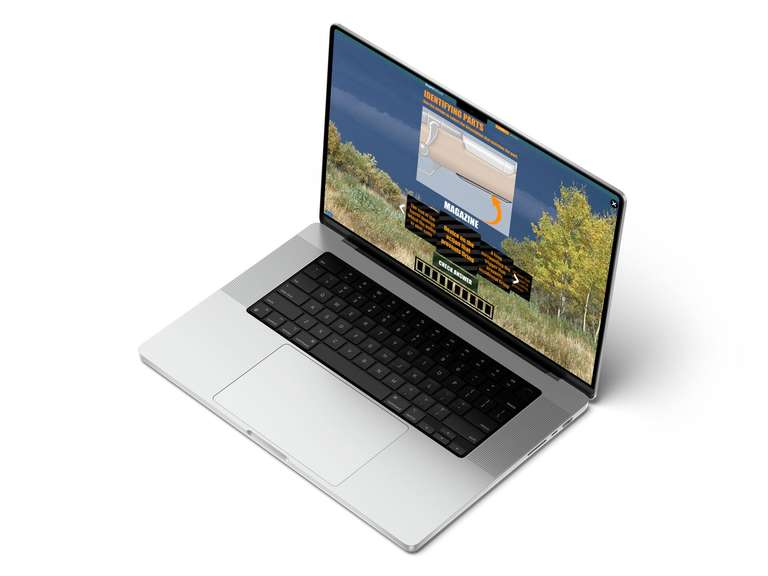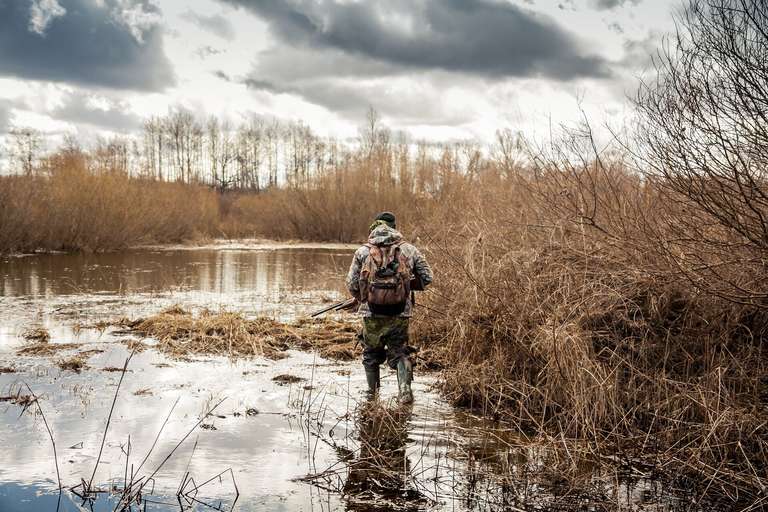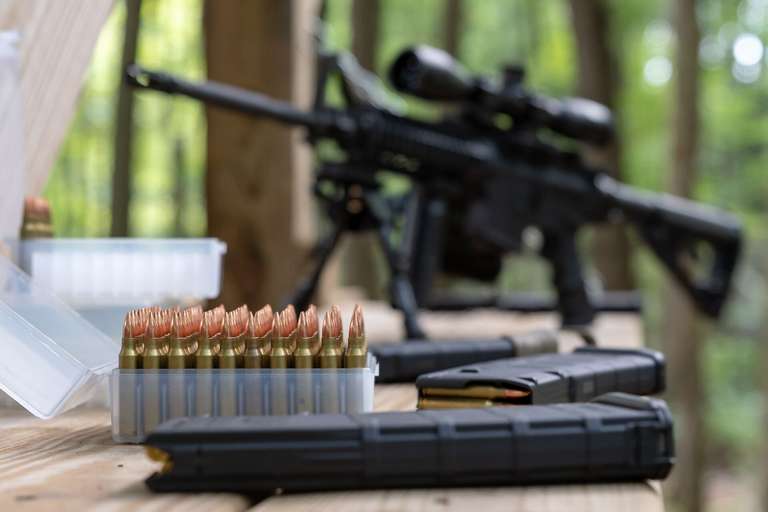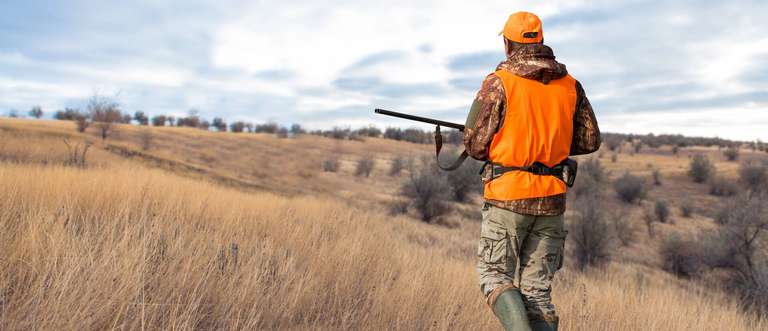By Land or Air: Transporting a Firearm the Right Way
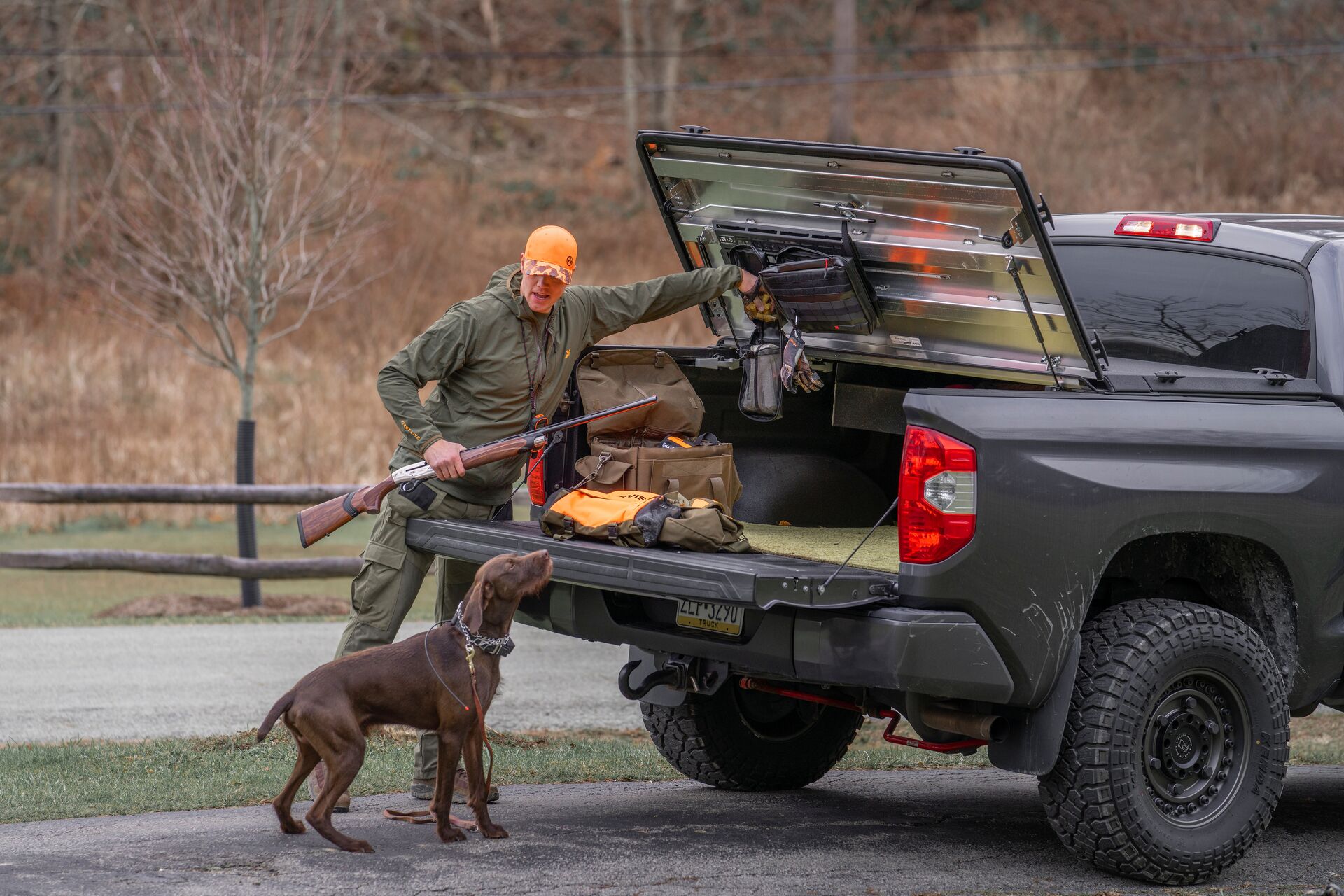
Every hunter needs to know how to safely and securely transport a firearm. Whether you're driving or flying on a commercial airline, learning the ins and outs of transporting a firearm the right way requires more than just common sense.
Properly transporting a firearm is an essential part of good firearm safety.
Following some basic weapons transportation guidelines can protect you and your passengers or hunting buddies while ensuring your hunting equipment arrives in the field without damage and without running into any potential legal issues. Keep reading for our best tips to safely get your firearm into the field!
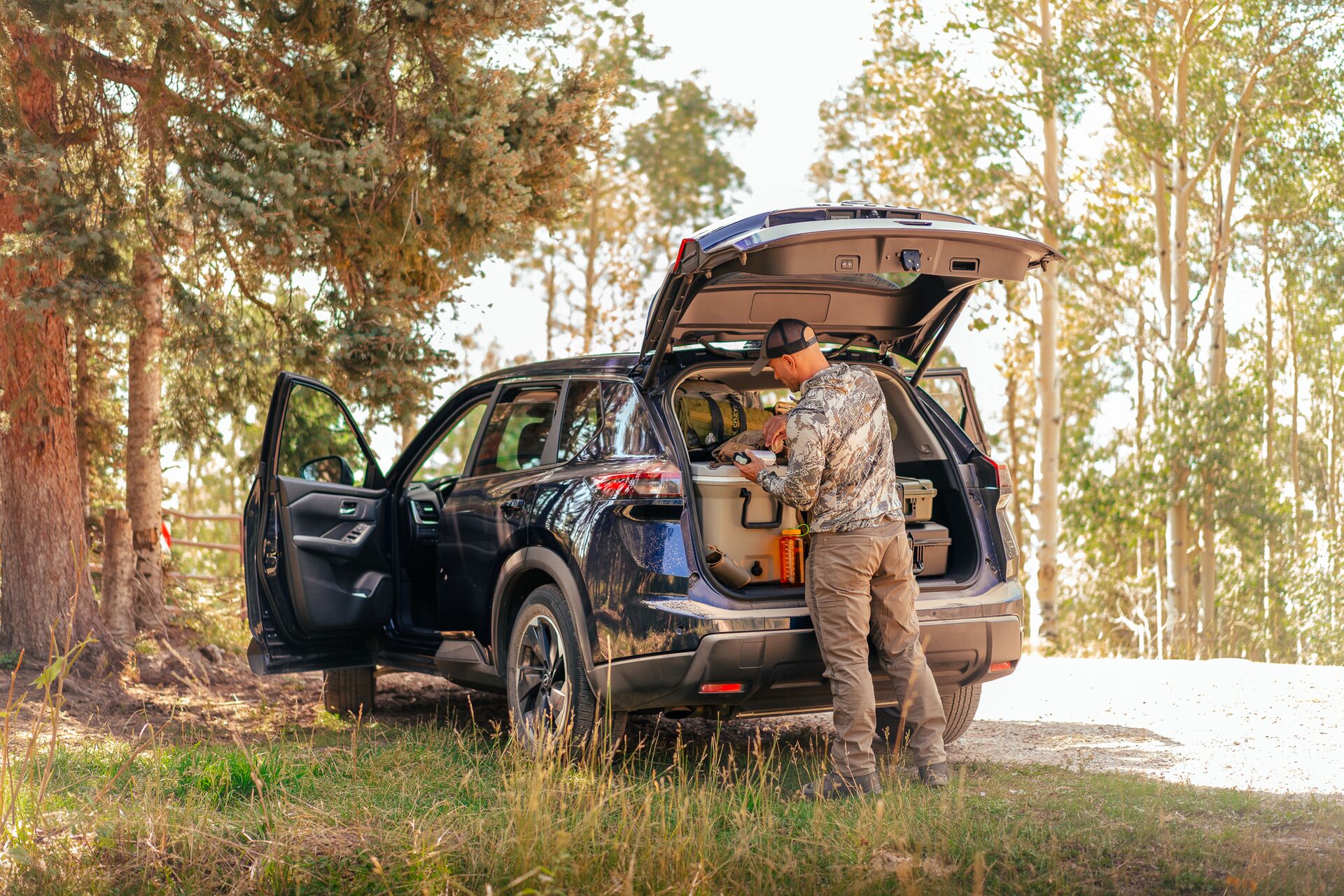
Understand Local Laws and Regulations
Since firearms laws vary from state to state, make sure you are familiar with federal and state regulations, including those of neighboring states you may have to cross en route to your hunting destination. Note that handguns may even have different transportation requirements between cities and counties in the same state.
Most states require that all firearms be unloaded during transport; some mandate that any gun be in a locked case and stored in a specific part of your car, such as the trunk.
The definition of a trunk can be gray for those of us who drive a truck or SUV, so be sure to check your local police department and state wildlife agency's website. If you're in doubt, call your local game warden for clarification.
Unload the Firearm Before Transport
Regardless of your local regulations, you should always transport your firearms unloaded.
Follow these basic guidelines before placing your weapon inside a car:
- Remove any detachable magazines, remove the cartridges, and store the magazines and bullets separately from the gun.
- Confirm that the firearm's chamber is empty. If possible, insert a chamber flag to indicate this.
- If transporting multiple firearms, ensure each is stored according to regulations.
Simply put, there is no chance an unloaded rifle, shotgun, or pistol will have an accidental discharge inside the vehicle.
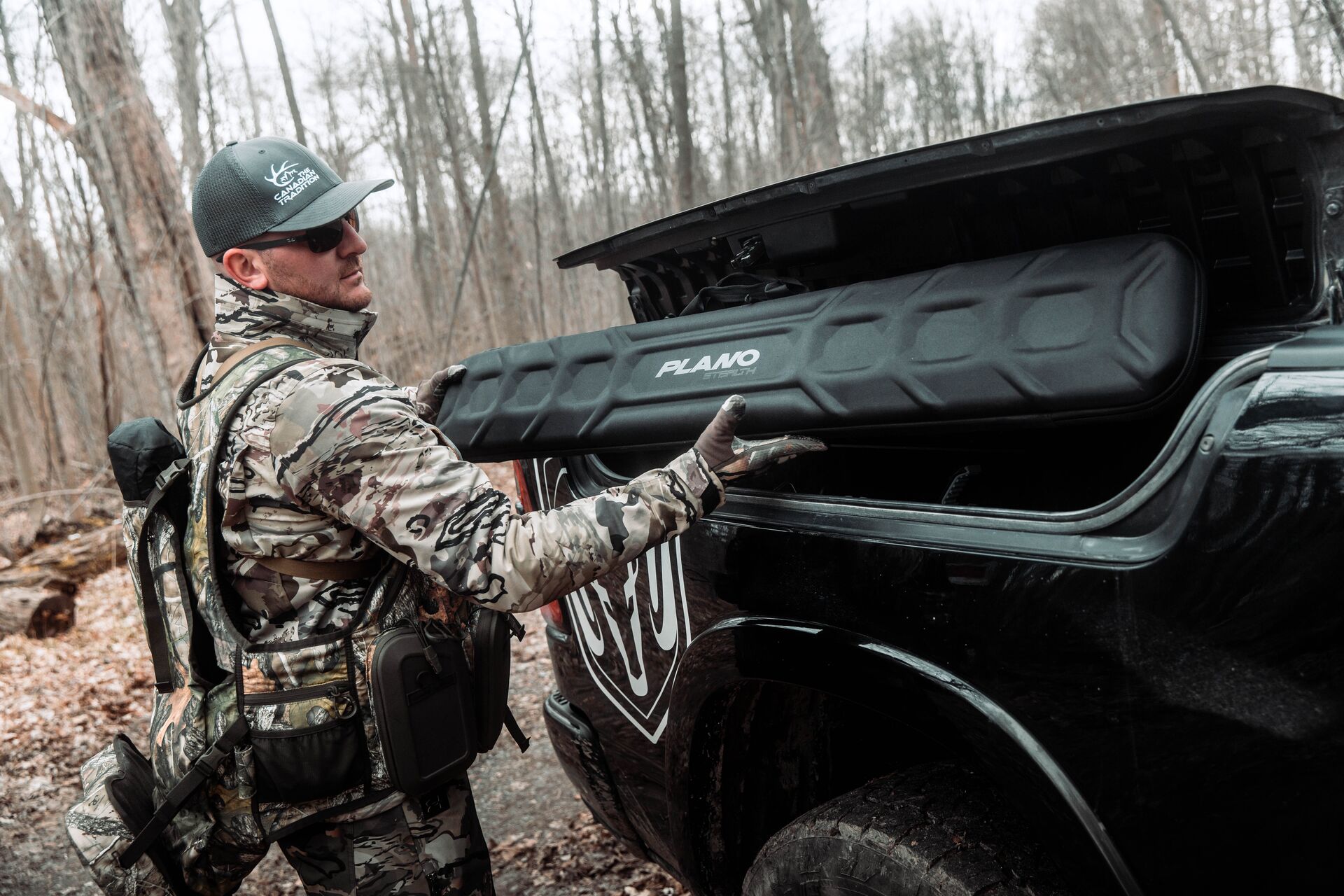
Use a Firearm Case or Safe
A firearms case, car vault, or small portable safe will provide both physical protection and security during transport.
- Soft cases are often used to transport firearms to the range or trailhead. They are fine for shotguns and pistols but not for protecting rifle optics. Soft cases are also not secure.
- Hard-shell cases with padded interiors protect your firearm during transport, especially delicate rifle optics. Most hard cases can be locked and secured to the vehicle to deter thieves.
Additionally, vehicle-specific gun safes and lockable storage compartments can protect the firearm during transit while providing an extra layer of security if you need to leave your vehicle unattended.
Keep Ammunition Separate from Your Firearm
Store ammunition separately from the gun. Many states also require that ammunition be stored in a locked box or separate compartment from the firearm when you're in a vehicle.
Keeping ammunition separately also creates an additional safety barrier by reducing the chance of accidentally loading your firearm before transporting the weapon.
Make sure that any loose rounds are placed in a box or container.
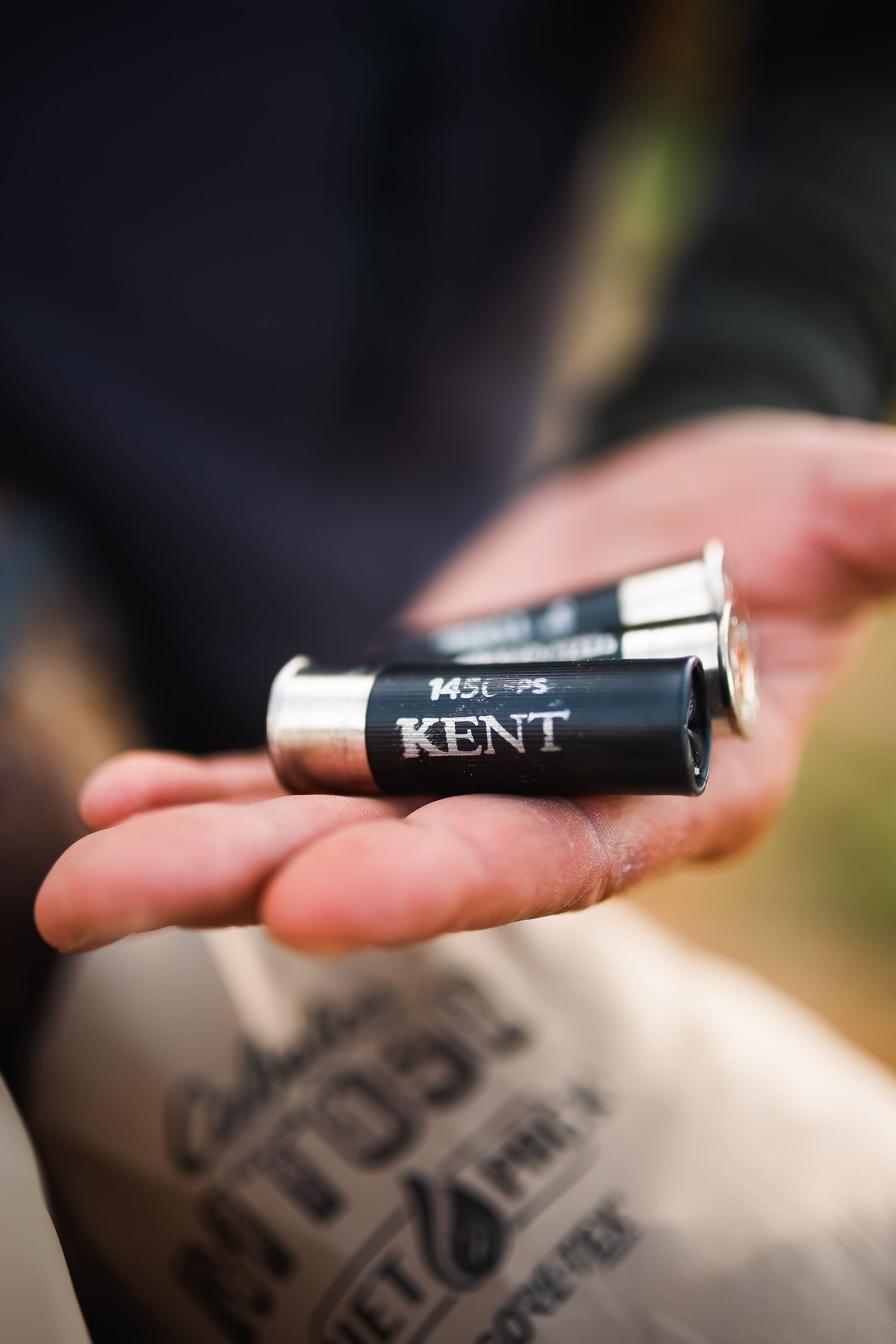
Transport Firearms in the Trunk or Out of Reach
How should you safely transport your firearm in a vehicle? If possible, always store your cased firearm in the trunk of your car. If you have a truck or SUV, store the weapon in a locked case behind the seats or under a covered area. Never place a firearm in the passenger seat, back seat, dashboard, or glove box.
The key is to use a location that is not easily accessible to the driver or passengers. Each state typically defines that location, so check local regulations before transporting your firearm.
Follow "Secure and Visible" Principles
A best practice for transporting guns in cars is to keep them out of sight. This means keeping the firearm in a case that completely contains it and storing it in a location not easily seen by someone looking through the car windows.
Use Lockable Gun Racks and Vehicle Storage Solutions
Thirty years ago, if you asked hunters, "What is the safest way to transport a firearm," they'd recommend a gun rack. However, displaying your expensive hunting rifle in your truck's rear window is no longer a viable or wise choice.
You can mount overhead or behind-the-seat lockable gun racks for rifles and shotguns and console gun vaults for handguns. These purpose-built storage solutions will keep your firearms hidden from prying eyes, stable, secure, and inaccessible to unauthorized users.
Again, when using these in-vehicle solutions, make sure your firearms are unloaded and the storage system is securely mounted to the vehicle.
Avoid Distractions and Maintain Control
Even if you're tempted to, never handle a firearm while driving. Aside from obvious safety issues, doing so is a surefire way to run into legal troubles.
When stopping for breaks, be discreet if you have to move or check on a firearm.
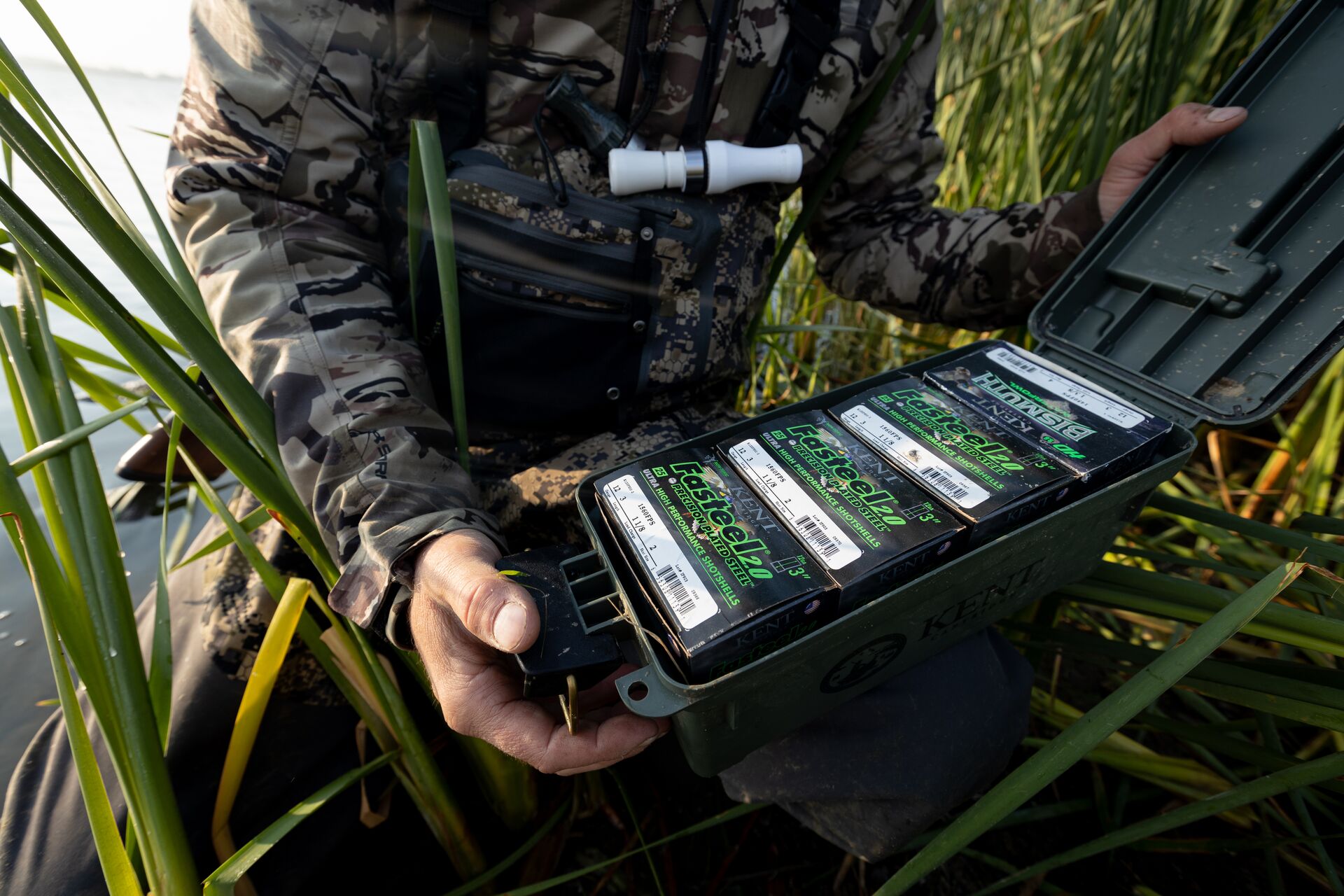
Transporting a Firearm During Air Travel
When traveling by plane for an out-of-state hunt, follow current TSA regulations and each airline's specific firearms policy.
In general, you'll need to:
- Keep the unloaded firearm in a locked, hard-sided case.
- Store ammunition separately in a secure container. Some airlines require ammunition to be transported in its original packaging.
- Declare the firearm at the airline ticketing counter before going through airport security.
All firearms must be transported as checked baggage. Guns and ammunition are not allowed in a carry-on bag. Additionally, always double-check your luggage and carry-on bags for loose rounds — you can't take ammo on board with you, either.
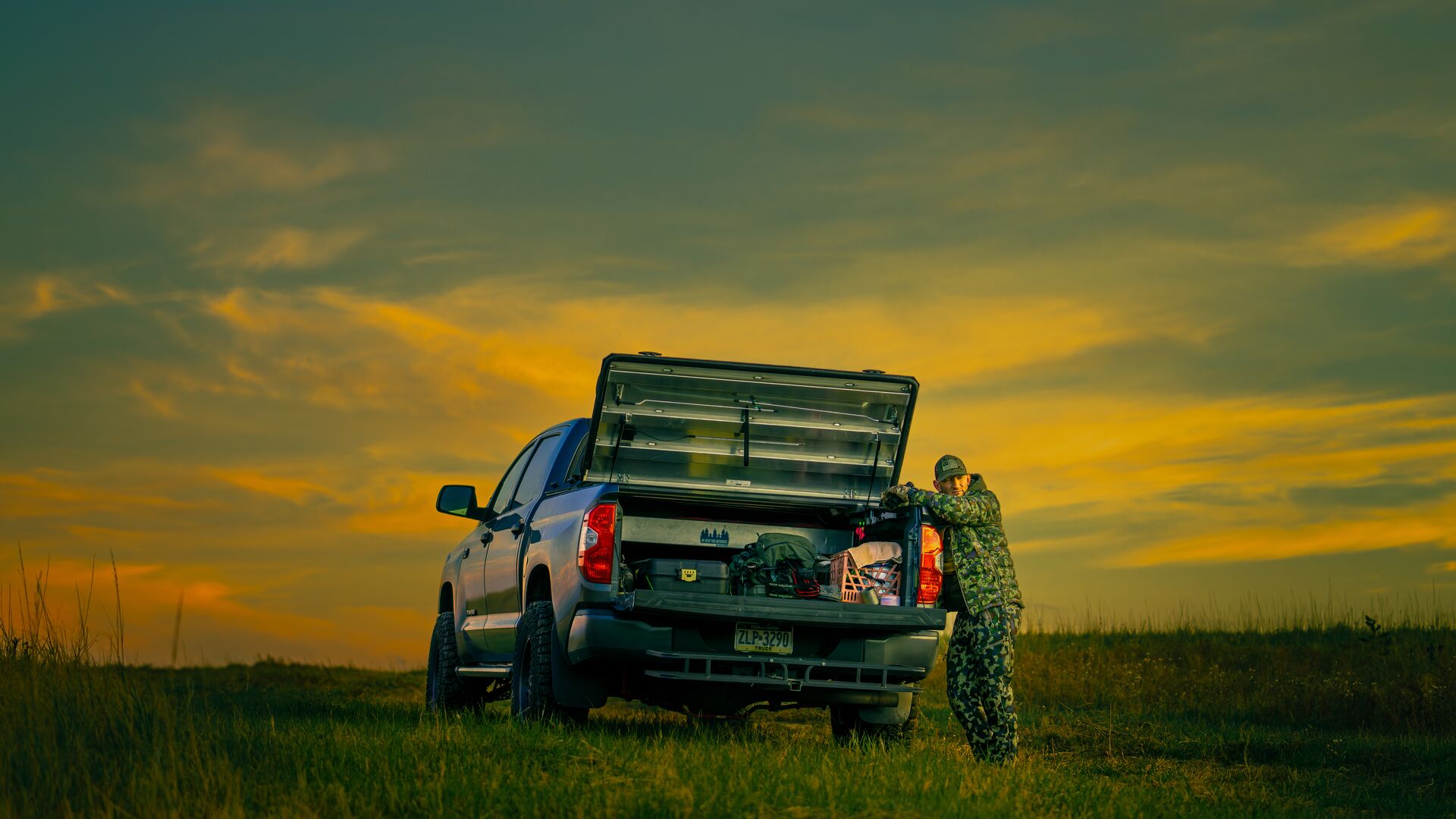
Use Common Sense When Transporting a Firearm for a Hunt
Transporting a firearm properly from your home to the range or your favorite hunting spot is fundamental to being a safe hunter. Always keep your firearm unloaded and secured during transport, and know your local laws regarding transporting weapons.
Before your next hunting trip, make sure you're fully prepared for a safe adventure by taking a hunter safety course through ilearntohunt. Completing our online state-approved hunter education course will reinforce essential hunting skills and help you better prepare for a safe, ethical, and successful hunt.
Be safe and successful for your next hunt!
Choose the ilearntohunt course for your state and start learning.

